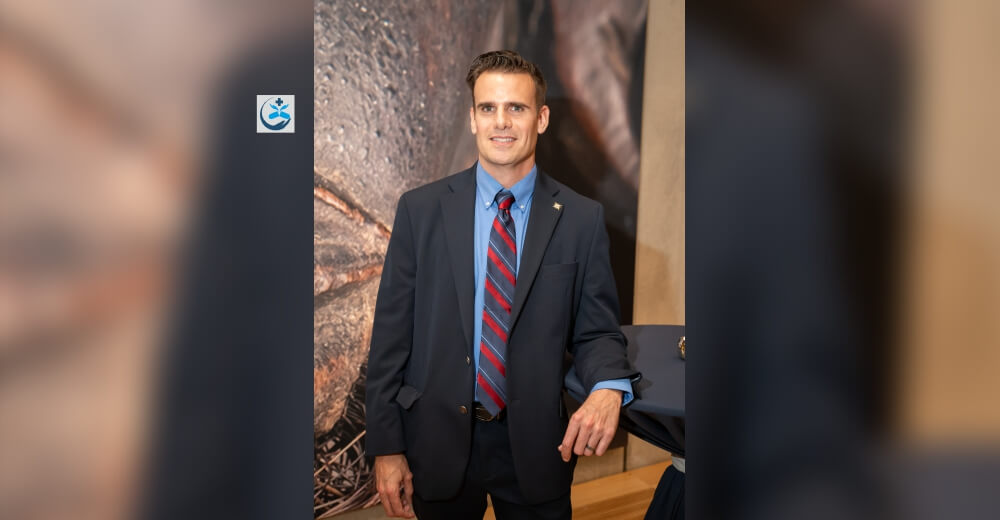Jonnie Irwin, a TV host, has disclosed he has terminal cancer that began in his lungs and has since spread to his brain.
In a recent interview, the host of BBC’s Escape to the Country and Channel 4’s A Place in the Sun said that he was unsure of “how long I have” to live.
In August 2020, he started to experience blurry vision while driving, which was when he realized something was wrong. He was “given six months to live” after finishing filming A Place in the Sun and arriving home.
Lung cancer Awareness Month is observed in November. Many of us believe we are familiar with this illness’s main causes and symptoms.
There are still some misunderstandings about lung cancer, though it’s not always assumed to be a “smoker’s disease.”
Myth 1: Only older people are impacted by lung cancer
The average age at diagnosis is 70 years old, according to John Costello, a pulmonologist at the Mayo Clinic (mayoclinichealthcare.co.uk). Lung cancer is undoubtedly more prevalent in older people. However, this could simply be an indication of more prolonged exposure to tobacco smoke.
This does not imply that getting it depends solely on your age. “Most people develop lung cancer in their 60s and 70s, after many years of smoking, but on occasion, people get lung cancer at a much younger age, even in their 20s and 30s,” says Lisa Jacques, lead specialist cancer nurse at Perci Health (percihealth.com).
Myth 2: Smoking is the only known cause of lung cancer
Smoking is one of the risk factors for lung cancer, but it is not the only one.
According to Jacques, about 10% of people who develop lung cancer have never smoked. Smoking is the leading cause and risk factor for lung cancer.
Although he notes that these are “relatively uncommon,” Costello continues: “There are some lung cancers that are genetic and may not be smoking-related, and exposures to substances like asbestos, radon gas, and passive smoking cause some others.”
Myth 3: Smoking-related lung damage cannot be repaired
Emphysema, which causes severe breathlessness and architectural destruction of the lung, cannot be reversed. Still, some of the damage and inflammation brought on by smoking can be, according to Costello.
Therefore, giving up smoking may lower your risk; however, it is much preferable to never start.
Myth 4: Lung cancer always results in death
Although a lung cancer diagnosis does not guarantee death, it is still a grave matter.
In people with localized disease, the five-year survival rate for lung cancer is 60%, according to Costello. “If it has already spread throughout the body when it is diagnosed, the survival rate is only 8%.”
Nevertheless, he notes that there are “new techniques in lung cancer screening, such as CT scans in smokers over 50 with a serious tobacco background.” These “may detect very early, small tumors, which can be removed with up to an 80% to 90% five-year survival rate.”
Therefore, if you are concerned about a persistent cough, visit your GP right away to have it evaluated.
Myth 5: Lung cancer is less of a concern for women than other types of cancer
Males have a higher risk of developing cancer than females, claims Cancer Research UK (52 percent of lung cancer cases are men, compared to 48 percent of women). These margins are slim, though, and women must be fully informed about lung cancer.
Women are at risk for developing lung cancer if they smoke because they have caught up to men in terms of smoking habits, according to Costello. “Some lung cancers associated with non-smoking are more prevalent in women.”
According to Jacques, it is the second most common type of cancer in women and the third most common cancer overall in the UK.
Consequently, whether you smoke or not, be on the lookout for the signs of lung cancer, such as a cough that lasts longer than two to three weeks, recurrent chest infections, shortness of breath, or aches and pains when breathing, and visit your doctor if you have any concerns.
Read More News: Click Here







